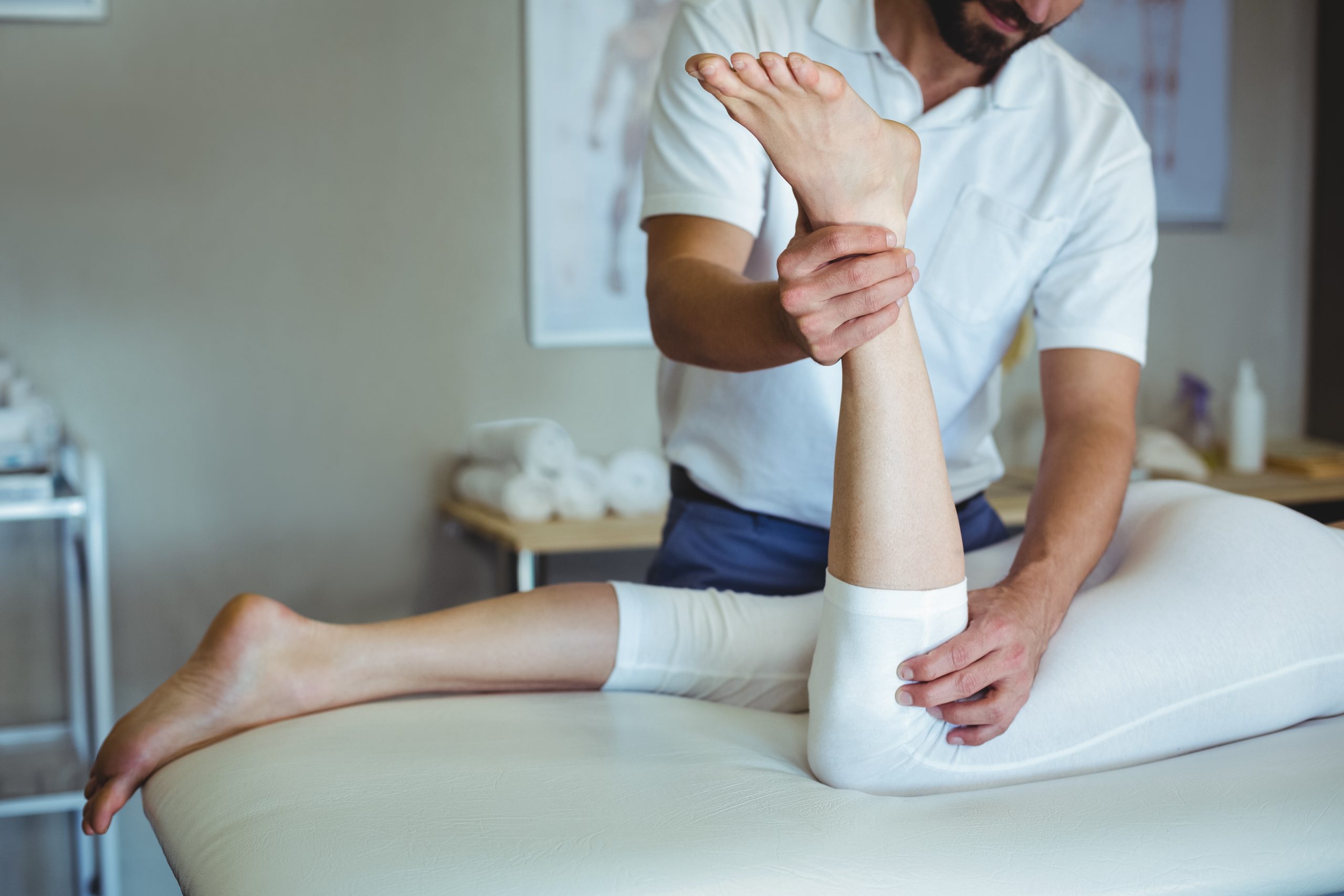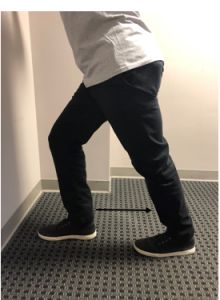
05 Mar Shin Splints: What’s Going On in Your Lower Leg
Many runners – of various experience levels – end up dealing with shin pain, but it’s not just runners who deal with what’s commonly called “shin splints.” Dancers, gymnasts, and those in repetitive and impact sports all have higher rates of shin pain. So what exactly are shin splints? And how do you know if you have them? What can you do about them? 
A Stress Reaction: The term “shin splints” can be a blanket term for pain and problems affecting your shins. Many people use it for any kind of shin pain. Shin splints are typically caused by overuse (doing too much, too soon, or too often) and are a stress reaction involving bone, muscle, and connective tissue.
A Warning: Shin splints can be an important warning – you can sometimes experience shin splints before a more serious overuse injury like a stress fracture. If you’re experiencing shin pain, or suspect shin splints, it’s important to have a professional like a Physical Therapist rule out more serious injury and help you work toward prevention and recovery.
What to Watch For: Pay attention to pain along the inside of the shin especially, although it may also occur along the outside of the shin. Also watch for aching/throbbing pain, muscle pain, or pain that worsens with activity.
What to Do: Since shin splints (or any overuse injury) are a result of too much – too much intensity, too much activity, too soon – rest is one of the first steps to reducing pain and discomfort. You can try to reduce the frequency and/or intensity of your workouts to see if that improves your symptoms; however, you may need to take time off. Skip anything that causes extra pain, although walking or a gentle controlled exercise like Yoga may be fine.
You can also try icing your shins to reduce pain and symptoms. If you choose to ice your legs, apply ice to the affected area several times a day for 10-20 minutes at a time.
While you’re working to resolve your shin splints, continue (or begin) stretching your calves. Tight calves can cause myriad problems; and runners and other athletes are notorious for having tight calves. A certain level of tightness can be almost unavoidable in some sports – but by maintaining regular stretching, you can reduce your injury risk.

Try the standing wall stretch above in order to reduce calf tightness. Remember: If you don’t hold a stretch for at least 20 seconds, it’s as if you’ve done nothing to the muscle! Try setting a timer or counting to make sure you’re holding each stretch long enough to be effective: 20-30 seconds each.
Physical Therapy: Ultimately, shin splints can prove a recurrent problem for some. A visit to your Physical Therapist can help determine what’s causing your shin pain and provide you with a custom treatment plan. Instead of fighting through shin pain when you’d like to be active, following your PT’s recommendations and improving your strength and flexibility can mean less pain and discomfort – and better movement.
*For runners: If you want to reduce your injury risk this year, we’re introducing our FREE Virtual Running-Injury Prevention Program starting March 14! Led by Dr. Tara Dawson, each week you’ll watch a video and learn self-assessment techniques, exercises, and stretches designed to make you a stronger runner and keep you on the road or trail this season. Click to register.
If you need help with shin pain or other pain or movement issues of the musculoskeletal system, Body One PT is here and ready to get to work. We’re locally owned and operated, with three locations serving Central Indianapolis: North Indianapolis/Carmel, Fishers, and Zionsville. Don’t spend this spring suffering through injury or pain: call or click today and we’ll help get you moving in the right direction!




